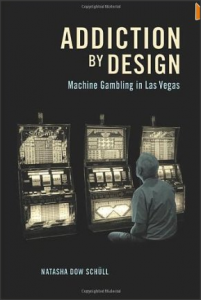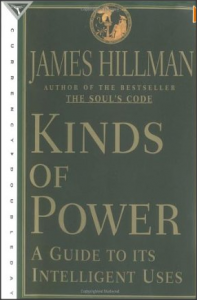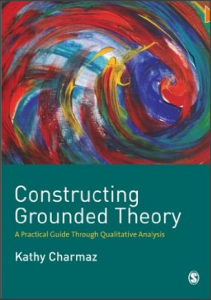The university has begun a consultation process to gather the views of staff with respect of the change proposal that has been drawn up by the new VC. A series of staff forums where staff can raise issues, concerns and suggestions have begun. These are being chaired by senior managers some of whom have been given notice that their jobs are at risk of redundancy. The response of staff to the proposals at these meetings has varied between resignation and an acceptance that the Schools structure is a done deal and anger at the way that the process has been implemented. The anger at the implementation seems to fit very well with views on Organisational Justice specifically the aspect Procedural Justice and Informational Justice.
I have noticed that in the last few days formal meetings seem to always start with a discussion about the restructuring. There does not seem to be any part of the organization that has been left untouched by an element of uncertainty. I have found that asking people simple questions about the restructuring elicits long answers with strong views on the situation. This leads me to an assurance that using Convergent Interviewing is a sound method of gathering data.
An interesting point to note is in the literature on interview techniques much is made of the interview process whereby the interviewer should make an introductory statement at the beginning of the interview e.g.
- Identify the auspices under which the research is being conducted.
- Purposes of the research, funded or for a thesis.
- Indication of what the research is about.
- Indicate why the subject has been chosen.
- Make it clear participation is voluntary.
- Assure the respondent that their identity will not be revealed and all information will be confidential.
- Provide opportunity for respondent to ask questions or raise concerns.
- Ask some simple opening questions and lead to the main substance of the interview.
(Bryman, 2012)
The interesting point is that when interviewing strangers the lead in to the main interview is probably essential in order to gain the confidence of the interviewee and to put them at ease. I have found that asking people I know and work with at work a question the usual response is for the colleague to open up with their views expansively and almost immediately. My view is that there is a strong possibility that I am going to be able to gather a lot of interview data for the assignment and the thesis project with little problem.
I have attached notes that I took at a consultation meeting that took place on Wed, Dec 04, 2013.
Consultation Meeting Notes Wed Dec 04 2013
Invitation to part time staff to consultation meetings received Thu, Dec 05, 2013.
Part time staff invitation to consultation meetings December 2014
Restructuring FAQ #1 posted Dec 05, 2013.
Bryman, A, (2012), Social research Methods, Oxford University Press, Oxford UK.

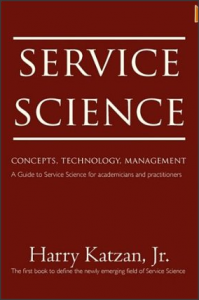
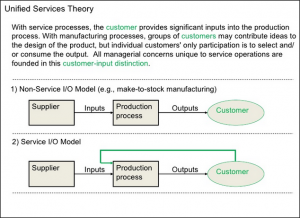
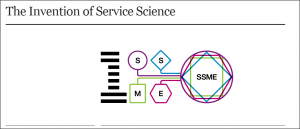
![[Book] The Research Journey](https://yellowbag.edublogs.org/files/2013/08/Snap-2013-08-27-at-11.22.49-10qioj4-200x300.png)

